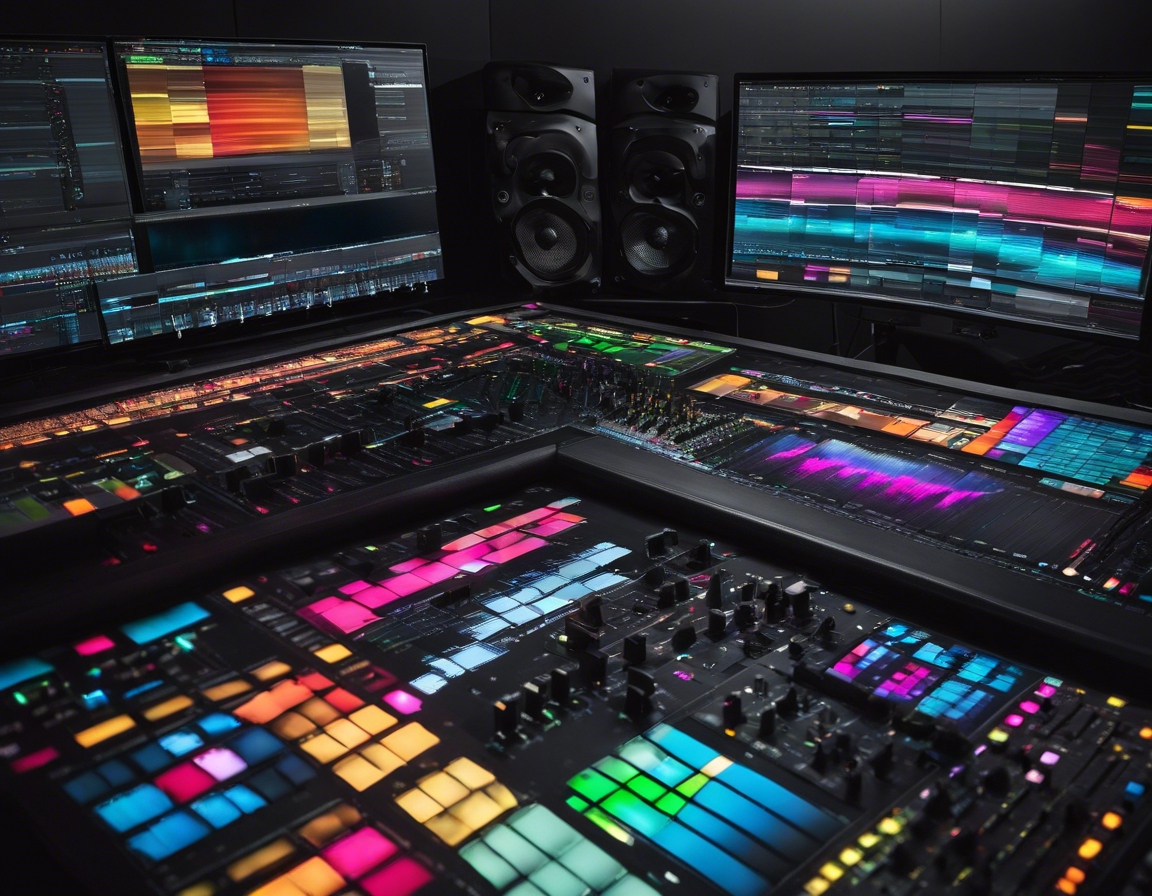Why post-processing is crucial for your sound
Post-processing is an essential step in the audio production process that involves refining and enhancing recorded sound. It's the stage where raw recordings are transformed into polished, professional-sounding audio. This process is crucial for musicians, vocalists, and content creators who want to ensure their work stands out in a crowded market.
Quality post-processing can make the difference between an amateurish track and a professional recording. It can elevate the clarity, balance, and overall impact of your sound, ensuring that your audio communicates the intended emotion and message to your audience.
The Elements of Post-Processing
Equalization is the process of adjusting the balance of frequency components within an audio signal. Proper EQ can remove unwanted noise, enhance clarity, and help different elements of a mix to sit well together.
Compression is used to control the dynamic range of an audio signal, making the quieter sounds more audible and preventing the louder ones from overpowering the mix. It's a key tool for achieving a consistent level of loudness and energy in your recordings.
Reverb and other effects add depth and space to your sound, creating an ambiance that can transport the listener to different sonic landscapes. Effects are used to shape the character and mood of the audio, making it more engaging and immersive.
Editing involves trimming, splicing, and arranging audio clips to construct the final piece. Cleaning up the audio by removing pops, clicks, and background noise is also a critical part of post-processing, ensuring a clean and distraction-free listening experience.
Mastering is the final step in the post-processing chain, where the audio is fine-tuned to sound its best on any playback system. It involves adjusting levels, enhancing stereo width, and ensuring the audio meets industry standards for distribution.
Post-Processing in Different Genres
Each genre of music has its own set of post-processing techniques that help define its sound. From the punchy compression of pop music to the spacious reverb of ambient tracks, post-processing shapes the identity of the genre.
For spoken word content, post-processing ensures clarity and presence of the voice, making the message clear and engaging for listeners.
In film and video, post-processing is used to balance dialogue, music, and sound effects, creating a cohesive and compelling audio landscape that supports the visual narrative.
The Role of Technology in Post-Processing
Modern post-processing relies heavily on software and plugins, which offer a vast array of tools and effects to sculpt and enhance audio. From basic editing to advanced spectral processing, technology has made high-quality post-processing accessible to all.
While software is versatile and convenient, hardware and outboard gear often provide a unique sonic character that can't be replicated in the digital domain. Many professionals combine both to achieve their desired sound.
Choosing the Right Post-Processing Services
Before seeking post-processing services, it's important to understand your project's needs. This includes the genre, the intended audience, and the final medium of distribution.
Choosing the right partner for post-processing is crucial. Look for a service provider with experience in your genre, a portfolio that resonates with your vision, and the ability to communicate effectively throughout the process.






Comments (0)